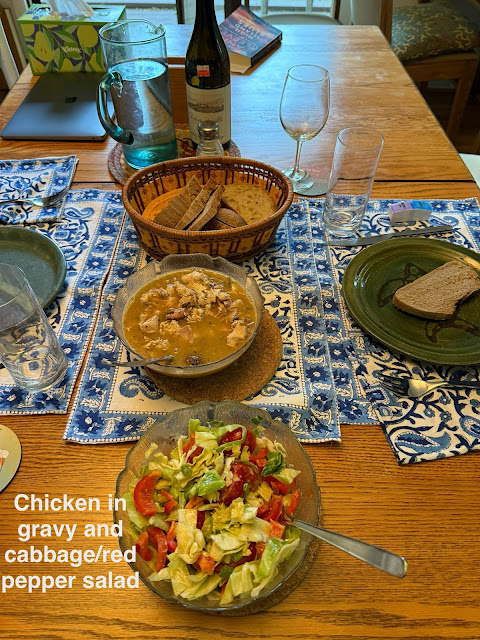The first two stories ever published by Haruki Murakami:
These two short novels, Wind and Pinball, are very enjoyable reading. I’ve long been a Murakami fan, but never read these early works, the beginning of his fascinating literary accomplishments. Murakami novels are usually very long and involved, with sometimes hard-to-follow plots and magical realism. These stories are very simple, short, and have pretty much straight-line plots. There’s no magic — only somewhat eccentric characters such as a pair of identical twins who show up and move into the narrator’s small apartment, and then just as abruptly pack up their clothes, get on a bus, and leave.
I did find that these works illustrate the author’s love of detail and his wonderful turn of descriptive phrases, especially for evoking very ordinary things like food and music. Murakami loves American jazz and popular music, which appear here as in almost all his later works. Almost every one of his works of fiction has some passages about cooking, including these early ones — as his works became more surrealistic, food was often a way that he grounded his narrative in every-day life.
Some quotes that embody what I see as pure Murakami:
“When I stuck my head out the window I thought I sniffed rain. A few autumn birds cut across the sky. The drone of the city was everywhere, a mix of countless sounds: subway trains, sizzling hamburgers, cars on elevated highways, automatic doors opening and closing.”
“My cassette tape of an old Stan Getz album was the musical background for my efforts that morning. It was a dynamite band featuring Getz, Al Haig, Jimmy Raney, Teddy Kotick, and Tiny Kahn. Whistling Getz’s solo to ‘Jumpin’ with Symphony Sid’ from start to finish along with the tape really picked me up.”
“The foghorns on the ships anchored at sea were emitting sharp, plaintive wails, like calves that had strayed from the herd. Some of the wails were brief, others long, but each had its own distinct pitch as it cut through the darkness on its way toward the mountains.”
"We pulled up next to the water and sat there in the car, drinking coffee from the thermos and munching
the cookies the twins had bought. There were three kinds—buttercream, coffee cream, and maple—
that we divided up into equal groups to give everyone a fair share.”
(Photo: coffee cream cookies from the web).
“I had finished my bath and downed the last of my beer when they finished grilling the trout. There was one for each of us, with canned asparagus and a huge bunch of watercress on the side. The trout tasted like something from the good old days—a mountain path in summer. We took our time picking every last morsel from the fish with our chopsticks. All that was left on the plate was white bones and a pencil-sized watercress stalk. The twins washed the dishes right away and made coffee.”
I’ve been reading Murakami’s novels since 1989, mostly picking them up at the time they were published. He’s quirky! I appreciate his very strange sense of reality, which I think is grounded in an amazing ability to observe the details of life, as in these early novels.
Blog post © 2025 mae sander

























































